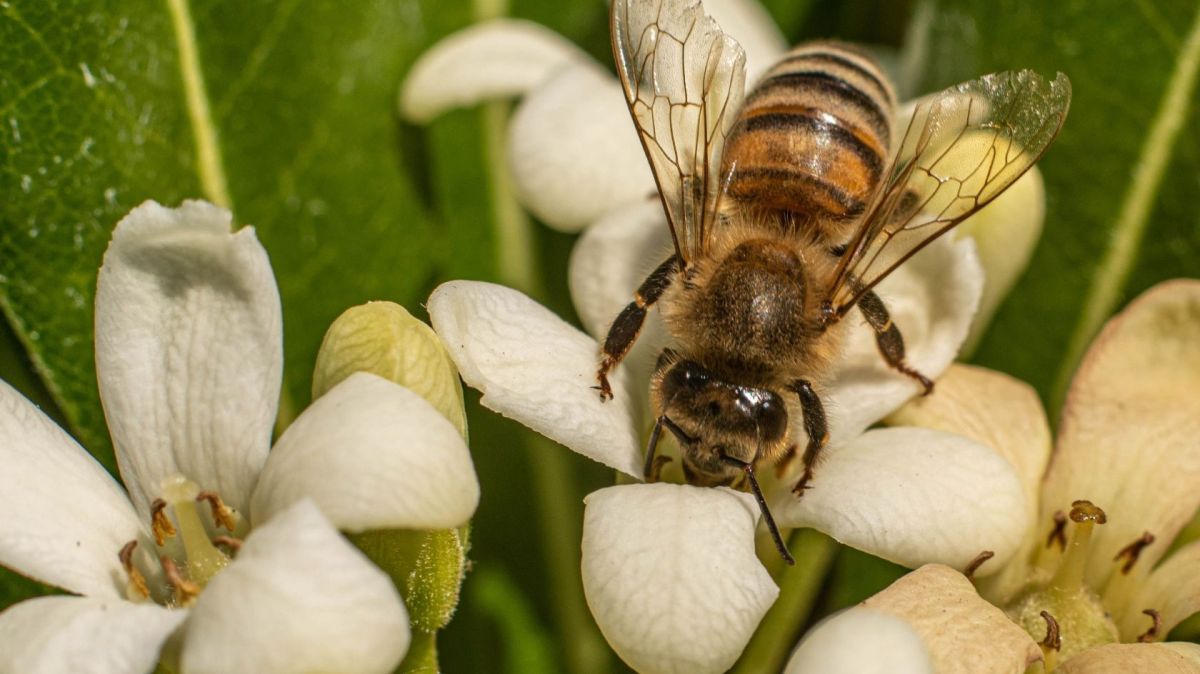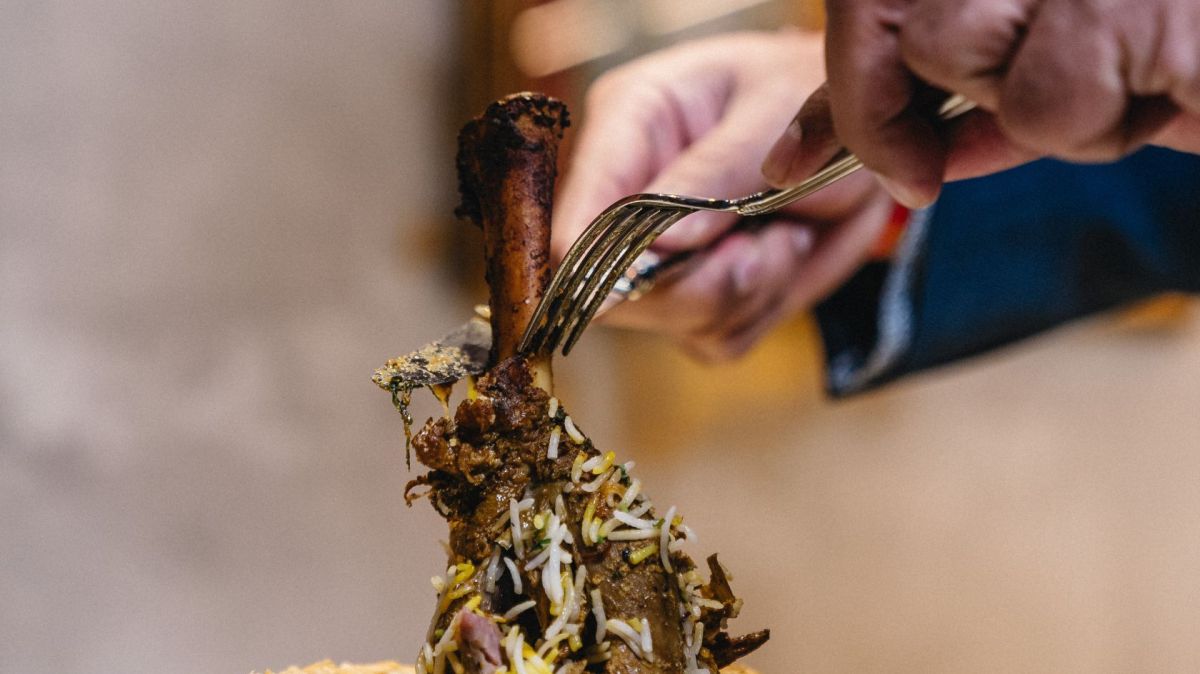Portugal has cabbages a-plenty, but it can be difficult to know what’s what without your own personal foodie guide to give you all the information. I’ve found there are two primary varieties – the first is couve-galega, similar to collard greens, and will be found in the famous soup Caldo Verde, or in the stew, Cozido à Portuguesa. The other is couve-lombarda, or savoy cabbage, which is delicious wrapped around uncooked Portuguese sausages and then simmered in rice and tomato sauce. There are many others that are used depending on the season.
Chuchu or Chayote, is one I wasn’t familiar with, also known as christophine, mirliton or choko, a strange looking edible plant belonging to the gourd family, Cucurbitaceae. It’s actually a fruit, though is more likely to be used as a vegetable and is said to be a good source of Vitamin C, but the root, stem, seeds and leaves are supposedly edible as too. The tubers of the plant are eaten like potatoes and other root vegetables, while the shoots and leaves can be added to salads and stir fries.

Yams and sweet potatoes might not seem familiar to some newcomers either, and although looking pretty similar, yams aren't as sweet as sweet potatoes, but are starchier and drier, with a texture and flavour more similar to potatoes. Yams are traditionally boiled or cooked in stews, and sweet potatoes can be baked, steamed, boiled, microwaved, air fried or steamed. I personally use either as a base for a thick hearty soup.
There are many different vegetables here you will recognise, but one I particularly like the look of is those pointy cauliflowers, somewhat grandly called Romanesco broccoli, though not related to broccoli at all.
Beans come in a range of different colours, red, white, black-eyed and other combinations, and there are many recipes where they can be used. Feijoada is one of my favourite Portuguese meals, being a hearty and filling bean stew that you can find numerous variations of across the country. They may be the stuff of rhymes and penny-pinching diets, but they're also one of our oldest, most reliable, and most diverse forms of sustenance - in part, because there are more than 18,000 species of legume plants, growing on every continent save Antarctica, and they all have subtle differences – for example, white beans have a mellow, starchy buttery taste, whereas red beans have more of an earthy, hearty taste.

Tremoços beans, also known as lupini beans, are a weird bean snack popular both here and in and other Mediterranean countries. They’re known for their high protein and fibre content, and there’s an art to eating them as a snack – bite a small hole in the outer shell, and then slip the softer portion of the bean out of the skin to eat. At first taste, the texture feels like a cross between a bean and a nut, and are eaten in the same way as snacking on crisps or popcorn with a drink.
Vegetarian meals have come a long way over the years, where once a veggie option could only be a nut roast or a somewhat dreary salad - if you could get one at all - and the general view, propagated by the media, was that vegetarians, and vegans in particular, were somewhat unhealthy looking creatures who followed ‘extreme diets’.
Not so today. There are abundant meat-free options included in a vegetarian or vegan menu, and even plant-based restaurants are coming into their own. Vegetarian diets tend to have fewer calories, lower levels of saturated fat and cholesterol, and more fibre, potassium and vitamin C. Vegetarians tend to weigh less than meat-eaters, and to have lower cancer rates. So what’s not to like? Why not start by trying one or two meat-free meals a week?
Marilyn writes regularly for The Portugal News, and has lived in the Algarve for some years. A dog-lover, she has lived in Ireland, UK, Bermuda and the Isle of Man.
















